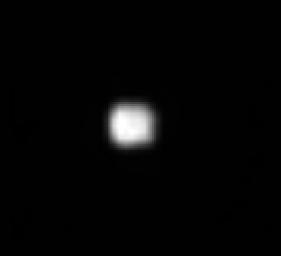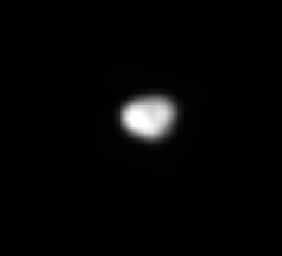Just giving everyone a heads up: I will be out of town starting tonight and will be in Flagstaff for a Titan Surfaces Meeting until Tuesday evening. While I am at it, yes Dad, I got the package. Thanks for the cookies! Anyways, my connection to the internet maybe spotty so don't expect too many updates here over the next couple of days.
On to Enceladus. This little moon continues to amaze. The views of this moon's south polar region were spectacular, including one very high resolution shot taken from a distance of only a few hundred km. Immediately one thinks of Europa, but one has to be careful comparing two very differently sized worlds. I can't count out the possibility of a liquid ocean, but the small size of Enceladus and the prevalence of cratered terrain makes me think that is not what we are see here. I think a more apt analogy is Miranda, with its own dichonomy between concentric ridged corona and heavily cratered terrain. In the case of Miranda, it is thought that upwellings of warm ice produced the coronae. A similar formation mechanism could be invisioned for Enceladus.




